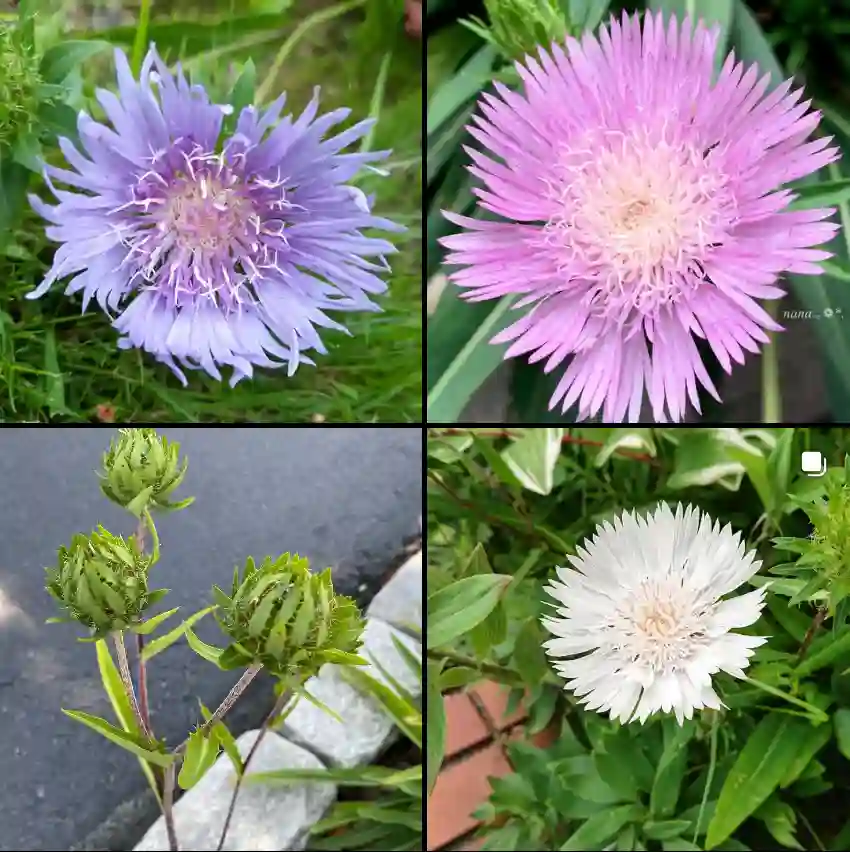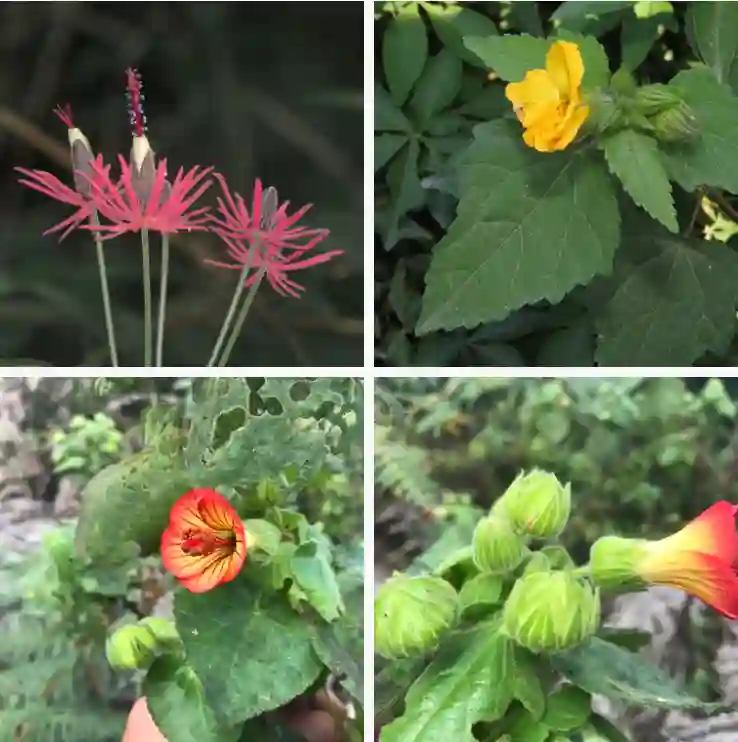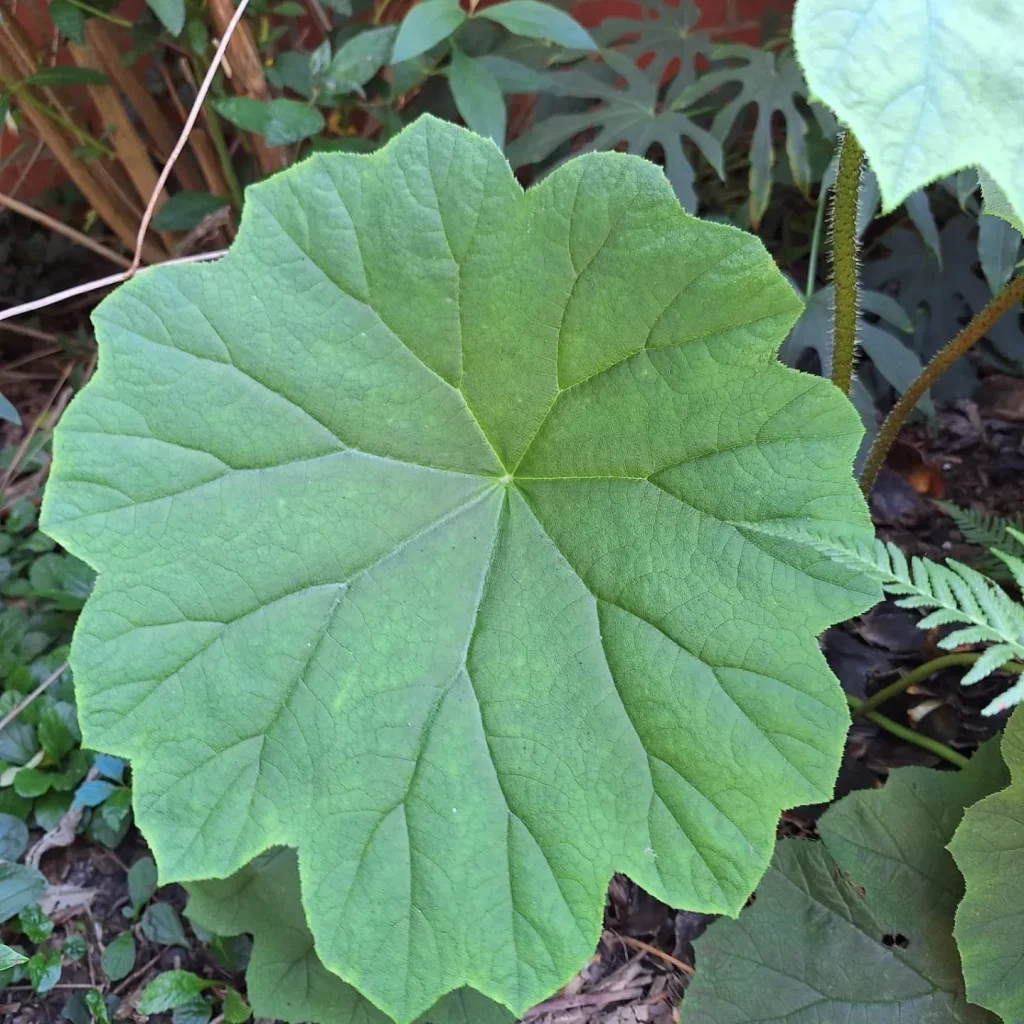
Is Gynura aurantiaca poisonous to cats?
When I first brought home a Gynura aurantiaca, I couldn’t help but worry about my cat’s safety around it. I did some research and found out that while the plant isn’t specifically toxic to cats, it could potentially cause mild gastrointestinal upset if ingested. To be safe, I made sure to place the plant in an area where my cat couldn’t reach it, just to avoid any potential issues. So far, everything’s been fine, but I’m always cautious when introducing new plants into my home, especially with pets around.
55 Species in Genus Gynura
Can I grow Gynura aurantiaca from leaf cuttings?
Growing Gynura aurantiaca from leaf cuttings was an exciting experiment for me. I remember carefully selecting healthy leaves from my existing plant and placing them in water to propagate. It took a bit of patience, but eventually, tiny roots started to form, and new growth emerged. Once the roots were well-established, I transferred the cuttings into soil, and now I have several thriving plants throughout my home. It’s a rewarding process, and it’s incredible to see new life sprouting from just a single leaf.
How bad do Gynura aurantiaca flowers smell?
When my Gynura aurantiaca bloomed for the first time, I was curious about the flowers’ scent. To my surprise, the flowers emitted a rather pungent odor that reminded me of a combination of musty and sweet fragrances. It wasn’t overpowering, but it definitely caught my attention whenever I was nearby. Despite the smell, I found the flowers quite fascinating, adding a unique element to the plant’s overall appearance.
How to care for Gynura aurantiaca?
Here’s how to care for Gynura aurantiaca:
1. Light:
- Bright, Indirect Light: Place your Gynura aurantiaca in a location with bright, indirect light. Avoid direct sunlight, as it can scorch the leaves. Insufficient light may cause the plant to lose its purple coloration.
2. Temperature:
- Warmth: Maintain temperatures between 60°F to 75°F (15°C to 24°C) for optimal growth. Protect the plant from cold drafts and temperature extremes.
3. Watering:
- Moderate Watering: Water your Gynura aurantiaca when the top inch of soil feels dry to the touch. Water thoroughly, allowing excess water to drain away from the pot. Avoid overwatering, as it can lead to root rot.
4. Humidity:
- High Humidity: Gynura aurantiaca appreciates high humidity levels. Provide additional humidity by misting the leaves regularly, using a humidity tray, or placing the plant in a room with a humidifier.
5. Soil:
- Well-Draining Soil: Plant your Gynura aurantiaca in a well-draining potting mix rich in organic matter. A mix formulated for houseplants or African violets works well.
6. Fertilizing:
- Fertilizer Application: Feed your Gynura aurantiaca with a balanced, water-soluble fertilizer diluted to half strength every 4-6 weeks during the growing season (spring to fall). Reduce fertilization during the winter months.
7. Pruning:
- Pruning Maintenance: Trim away any leggy growth or yellowing leaves as needed to maintain the plant’s appearance and health. You can also pinch back the stems to encourage bushier growth.
8. Propagation:
- Propagation: Gynura aurantiaca can be propagated from stem cuttings. Take 4-6 inch stem cuttings from healthy growth, remove the lower leaves, and place the cuttings in water or a well-draining potting mix. Roots should develop within a few weeks, after which you can transplant the cuttings into their own pots.
9. Toxicity:
- Toxicity: Keep your Gynura aurantiaca out of reach of pets and children, as it is toxic if ingested.
10. Pests and Diseases:
- Pest Management: Watch for common pests such as aphids, spider mites, and mealybugs. Treat infestations promptly with insecticidal soap or neem oil.
- Disease Prevention: Ensure good air circulation around the plant to prevent fungal diseases. Avoid overcrowding and overwatering, which can create favorable conditions for disease development.
Is Gynura aurantiaca poisonous to dogs?
Like with cats, I was concerned about the safety of my dog around Gynura aurantiaca. After researching, I found that the plant isn’t considered toxic to dogs either, but ingestion could still cause some stomach upset. To be safe, I keep the plant out of my dog’s reach, just as I would with any potentially hazardous household items. So far, there haven’t been any issues, but I believe it’s always better to err on the side of caution when it comes to pets and plants.
If i die, water my plants!



